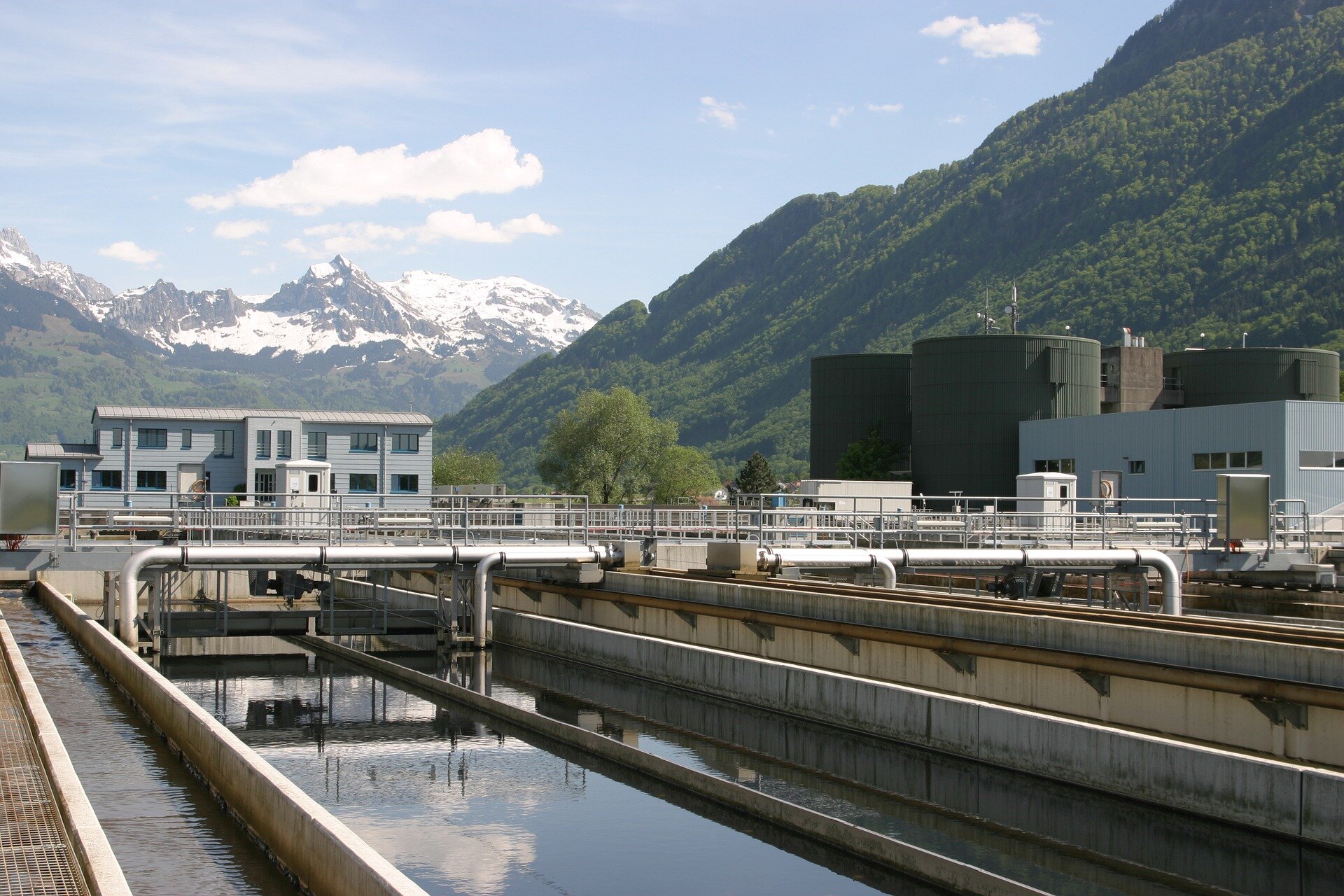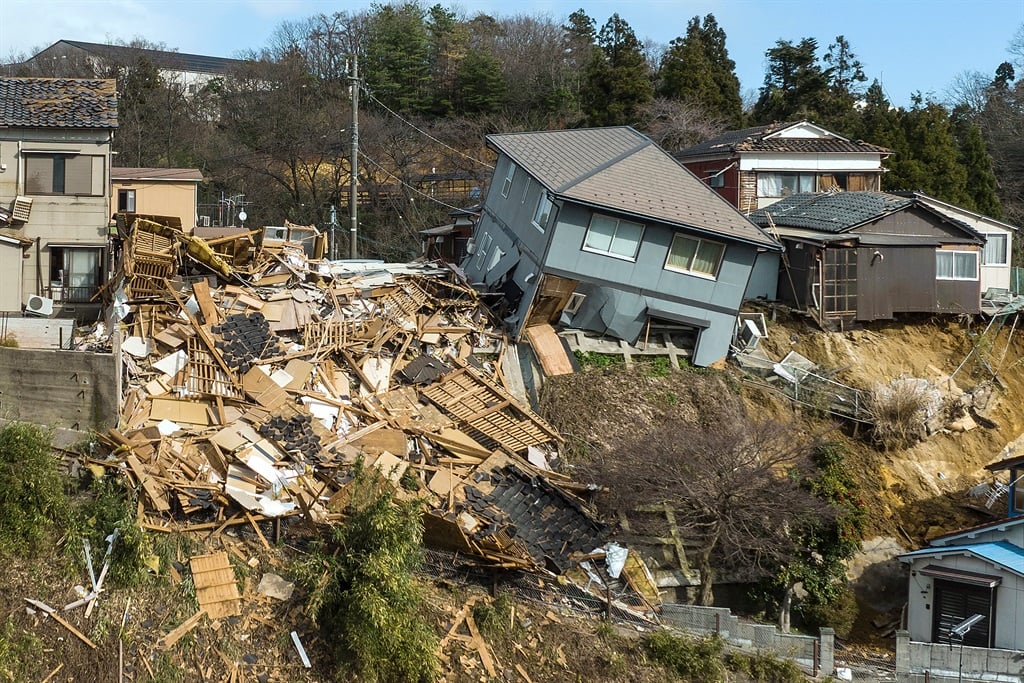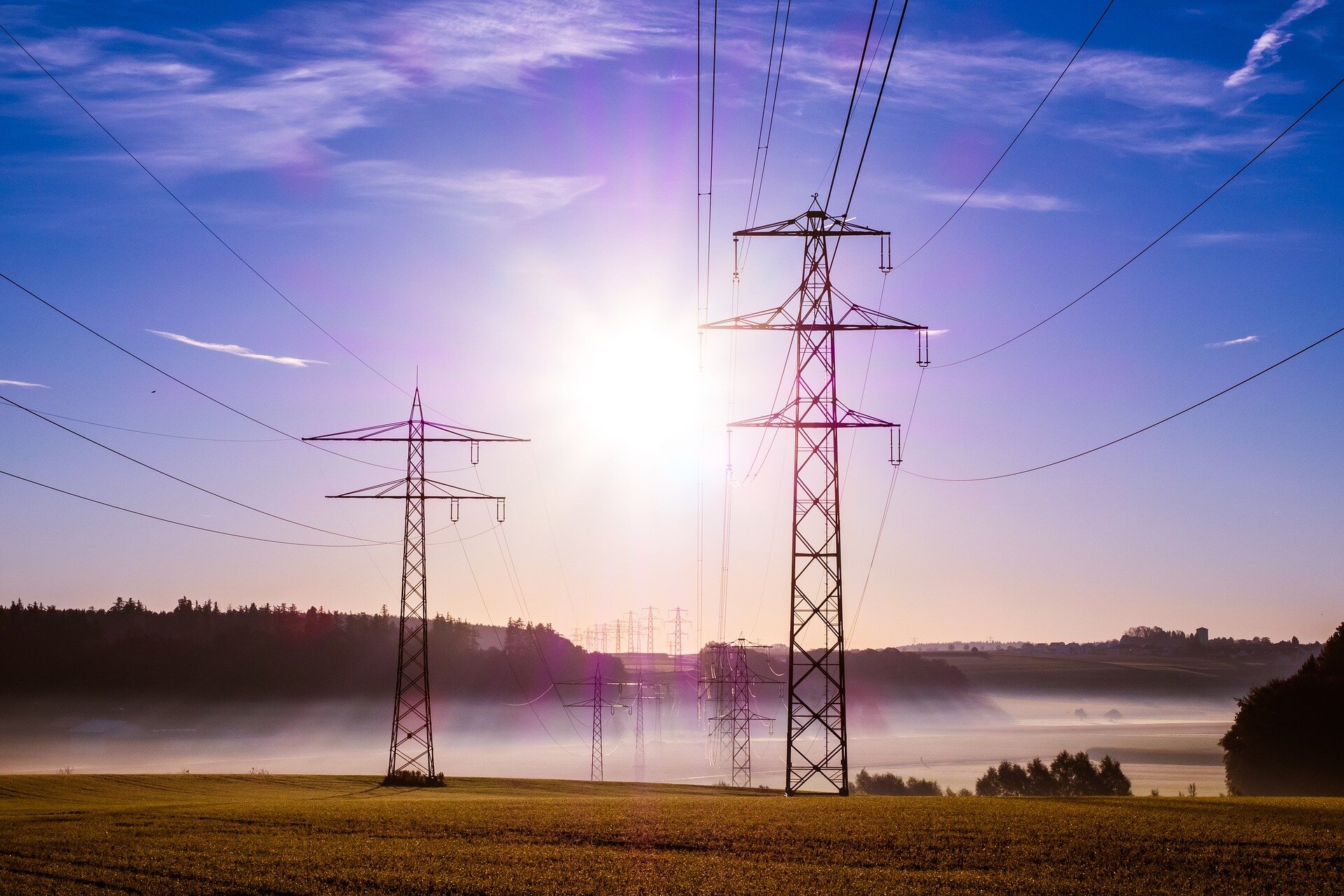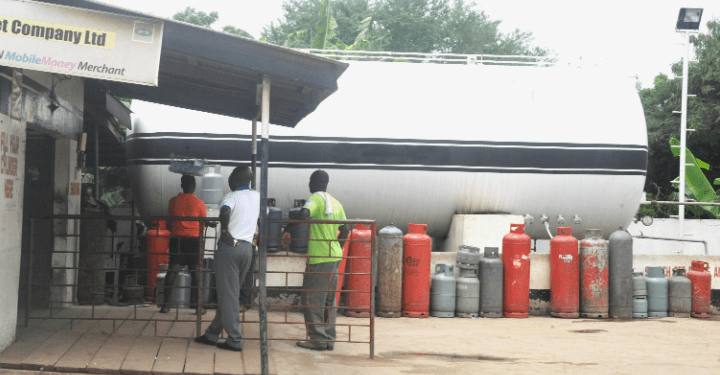- Hurricane Helene makes landfall in Florida, moves to Georgia: What we know
- Independent journalist publishes Trump campaign document hacked by Iran despite election interference concerns
- 10 things to watch in the stock market Friday including a bullish call on Best Buy
- Why JPMorgan Chase is prepared to sue the U.S. government over Zelle scams
- Key Fed inflation gauge at 2.2% in August, lower than expected
What do you believe is the single most important factor driving up the cost of living in Nigeria?

Untapped potential: Study shows how water systems can help accelerate renewable energy adoption
Stanford-led research reveals how water systems, from desalination plants to wastewater treatment facilities, could help make renewable energy more affordable and dependable. The study, published Sept. 27 in Nature Water, presents a framework to measure how water systems can adjust their energy use to help balance power grid supply and demand.
"If we're going to reach net zero, we need demand-side energy solutions, and water systems represent a largely untapped resource," said study lead author Akshay Rao, an environmental engineering Ph.D. student in the Stanford School of Engineering.
"Our method helps water operators and energy managers make better decisions about how to coordinate these infrastructure systems to simultaneously meet our decarbonization and water reliability goals."
As grids rely more on renewable energy sources like wind and solar, balancing energy supply and demand becomes more challenging. Typically, energy storage technologies like batteries help with this, but batteries are expensive. An alternative is to promote demand-side flexibility from large-load consumers like water conveyance and treatment providers.
Water systems—which use up to 5% of the nation's electricity—could offer similar benefits to batteries by adjusting their operations to align with real-time energy needs, according to Rao and his co-authors.

- September 22, 2024
Snowfall in parts of the Eastern Cape

- September 22, 2024
Floods, landslides hit central Japan months after major quake



- September 25, 2024
How US utility companies could double electric transmission capacity by 2035


- September 23, 2024
Rescuers comb muddy riverbanks after floods kill six in Japan



Subscribe to our mailing list to get the new updates!

Subscribe our newsletter to stay updated
Thank you for subscribing!



